I was reading an article about a student counseling group at Texas Tech that is offering group runs to help with a variety of topics students face like depression, anxiety, relationships, stress, and academic concerns. See, I was right; running cures everything. It wasn’t a lucky guess. I minored in Psychology in college. Actually in this example, there are a number of aspects working toward developing these students into positive individuals:
The habit of running at a young age. College students are young adults which is the best time to build habits that will follow you into your adult life. Unlike the habits that you form as a child that follow you into adult life which could become a bit embarrassing, like eating Spaghetti Os or picking your nose. College is often a person’s first time on their own, making their own decisions, and living their lives how they want; thus is where habits are formed that will last a lifetime. Instead of eating all you can eat at the cafeteria or eating McDonald’s everyday why not form the habit of running everyday? I know this habit may be tough for college students with hangovers but that is just another skill you can take into your adult life, being able to function with a hangover! You’ll be thankful you did Mr. Awesome Frat Guy.
Running cures depression. This article states that 80% of people experience depression, I’m a little skeptical of that statistic. If 80% of people answer that they have been “depressed” before then wouldn’t it make sense that the other 20% have experienced it too and may just not have identified or realized it? It is unlikely that this 20% is a group has never experienced grief. Either way, a better way to read that statistic is “100% of people experience sadness.” I told you, I minored in Psychology. So yes, running makes you feel more positive. The physiological reason is that running realizes endorphins to your brain. Endorphins make you feel better; therefore, running cures everything. I should be a scientist. Running helps you think, understand, and feel better about any life situation. You can also use it to improve your life situations by using…
Running as an accomplishment. Some of the best advice I have received was from a former top fast food restaurant chain CEO who said, “Celebrate every one of life’s accomplishments, no matter how small they are.” Running 3 miles is an accomplishment that only takes 20 minutes but you’ll feel more confident and positive about yourself. I think this is why, other than some physical reasons, consistent runners hate taking a day off. They love that daily sense of accomplishment. Other accomplishments often depend on what other people do; running is your accomplishment. You determine how well you do it. The former CEO also said, “Do the most difficult task first and do what no one else wants to do.” That one is a little tougher to follow. I’m more into the celebrating every accomplishment, no matter how small it is.
Just go for a run, you’ll feel better. Then put the distance you ran on your facebook status to show everyone what you’ve accomplished! Or rweet about it. The name for a running tweet…on twitter.

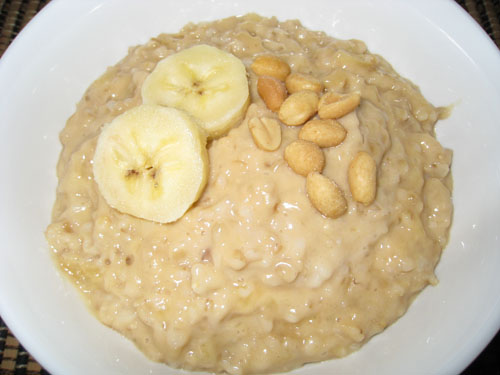

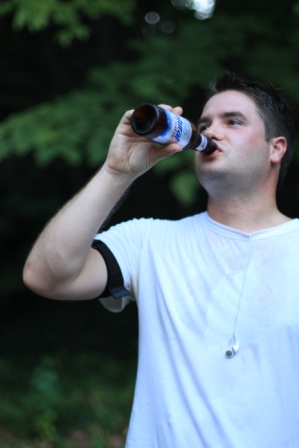
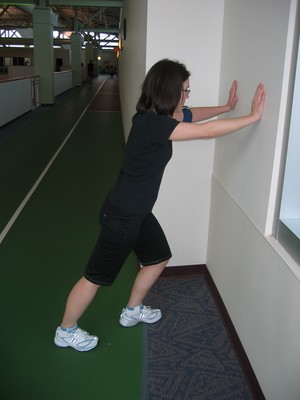
 Everyone has fallen or will eventually fall when running. Sorry, but it’s just math. All you can do is try to minimize the occurrences and mitigate the severity of the impact. Most of the time falls result in skinned knees or elbows but falls while running can be worse, like a sprained ankle or a broken wrist. Not to mention a busted ego. Sometimes that takes the longest to heal. It’s better than a busted face though. See. Way to stay positive.
Everyone has fallen or will eventually fall when running. Sorry, but it’s just math. All you can do is try to minimize the occurrences and mitigate the severity of the impact. Most of the time falls result in skinned knees or elbows but falls while running can be worse, like a sprained ankle or a broken wrist. Not to mention a busted ego. Sometimes that takes the longest to heal. It’s better than a busted face though. See. Way to stay positive.
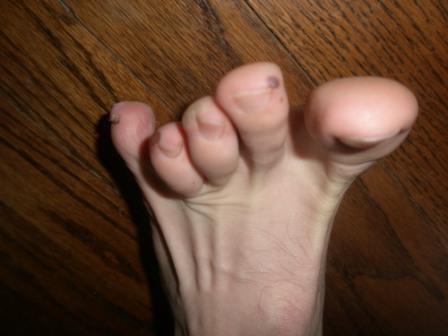
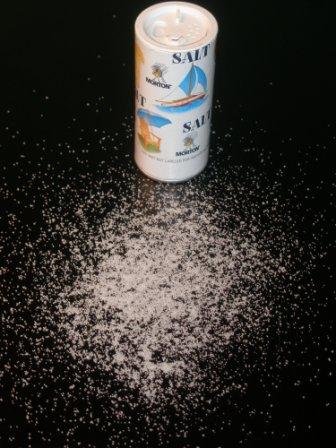 As it gets warmer outside it is time to start focusing on your hydration levels. I’m really into
As it gets warmer outside it is time to start focusing on your hydration levels. I’m really into  I’ve been looking for a knee brace to periodically wear as a preventative measure because my knees are worn down from “jumping” (more like “falling out of a plane and hitting the ground”) from an aircraft in the Army’s 82nd Airborne Division. I thought about getting the standard, black knee brace from Target or somewhere but I decided if this was going to be used as a preventative measure for years to come, I should try to get something a little more sophisticated. I got
I’ve been looking for a knee brace to periodically wear as a preventative measure because my knees are worn down from “jumping” (more like “falling out of a plane and hitting the ground”) from an aircraft in the Army’s 82nd Airborne Division. I thought about getting the standard, black knee brace from Target or somewhere but I decided if this was going to be used as a preventative measure for years to come, I should try to get something a little more sophisticated. I got